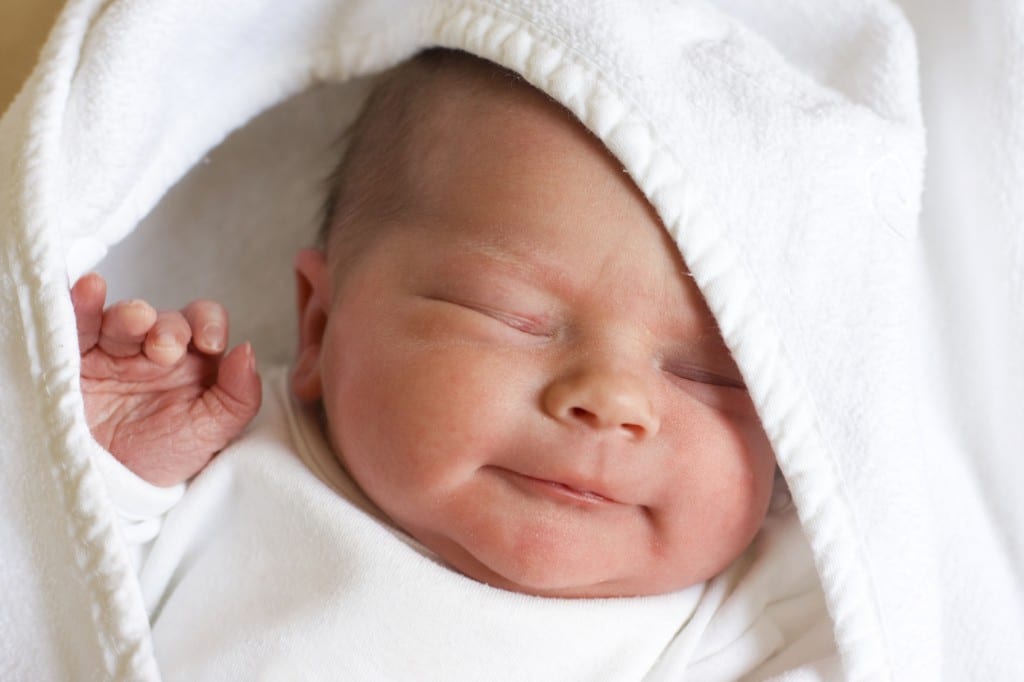DO’s
DO continue to take your prenatal vitamin after baby’s born.
DO include lots of protein in your diet. Lean meat, fish and chicken, cheese, eggs, and legumes help your body make breast milk.
DO make sure you get plenty of vitamin D. Wild salmon, eggs, and fortified milk and cereals are good sources.
DO drink enough of water. Make sure you get the recommended 8 to 10 glasses of water each day.
DO try different foods. Some babies can’t stomach mom’s taste for spicy foods and garlic; others don’t seem to care what you eat. Experiment with your diet and pay close attention to baby.
DO lose weight slowly. A healthy, low-fat diet and regular moderate exercise are the best ways to get your pre-baby body back.
DON’Ts
DON’T neglect your iron intake. Many women don’t get enough of it.
DON’T forget: Your body needs calcium to make breast milk. Choose calcium-rich foods, such as milk, cheese, broccoli, papaya, and sardines.
DON’T crash diet. Losing too much weight too quickly can release the toxins that are normally stored in your body fat into your bloodstream, where they can enter your breast milk.
DON’T drink alcoholic or caffeinated beverages. Both can affect your baby, making her act drowsy and listless or wired and fussy, neither of which is much fun for either of you.
DON’T ignore signs of a possible food allergy in your baby. If you notice that he has a skin rash, trouble breathing, stranger-than-usual diaper emissions, or is extremely fussy after eating, make a note of what you’ve eaten recently and call his pediatrician.
